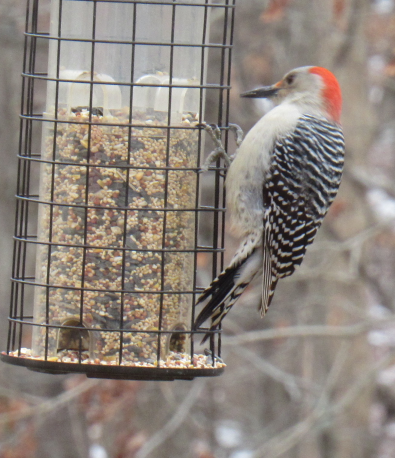Do you need a short break from structured learning or want easy art appreciation? Naming works of art will accomplish both objectives.
I started this game to distract a five-year-old while her family wondered through the National Gallery of Art.
As a warm-up, I asked my restless charge to name an object in a nearby painting. After she said “girl” for Cassatt’s Girl with a Straw Hat. I praised her and asked, “What is she wearing?” followed by “What kind of hat?” Rachel was pleased when I read the title, and she realized that she could guess a painting’s name.
Choose well and your student will be successful. Consider Girl with a Watering Can by Renoir; The Mill by Rembrandt; Sunflowers by Van Gogh.
If you get “I don’t know?” explain that some artists also didn’t know. Their works are “Untitled.”
Extend the activity by asking your child to think of a different title or a subtitle.
Identifying a painting’s main idea extends to choosing topic sentences and recognizing themes in literature.
Tip: If you don’t live near an art museum, buy art calendars when they are discounted after Christmas and use them.

What games have you quickly invented ?







